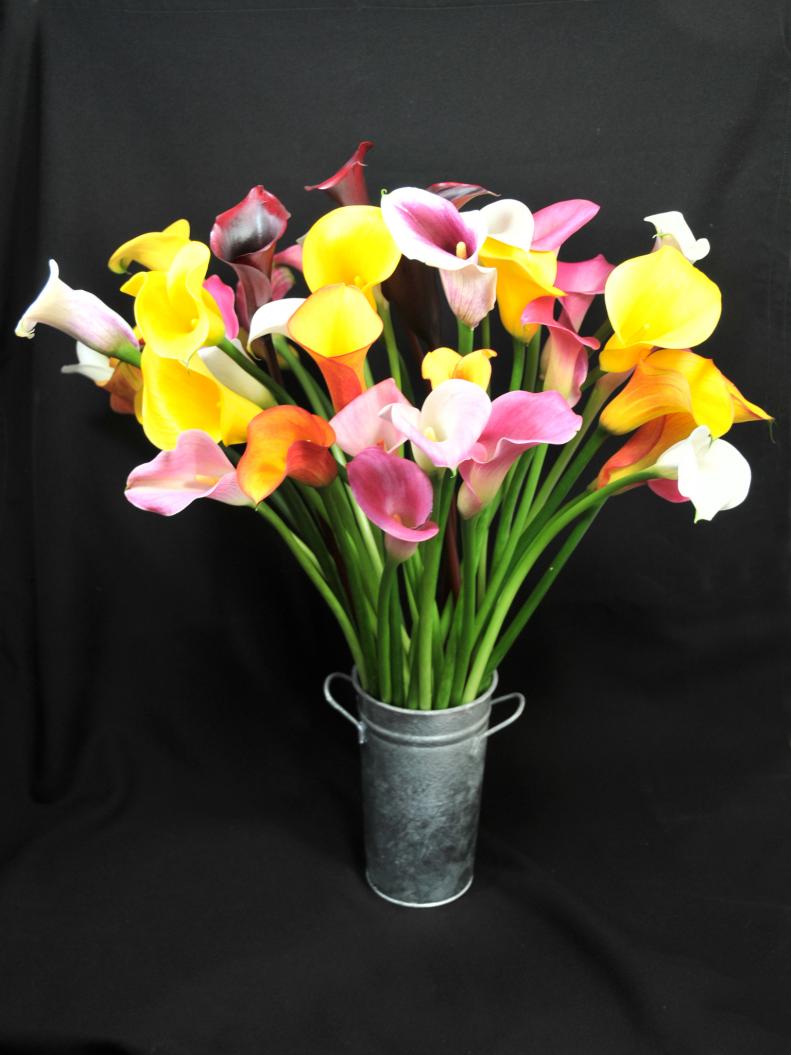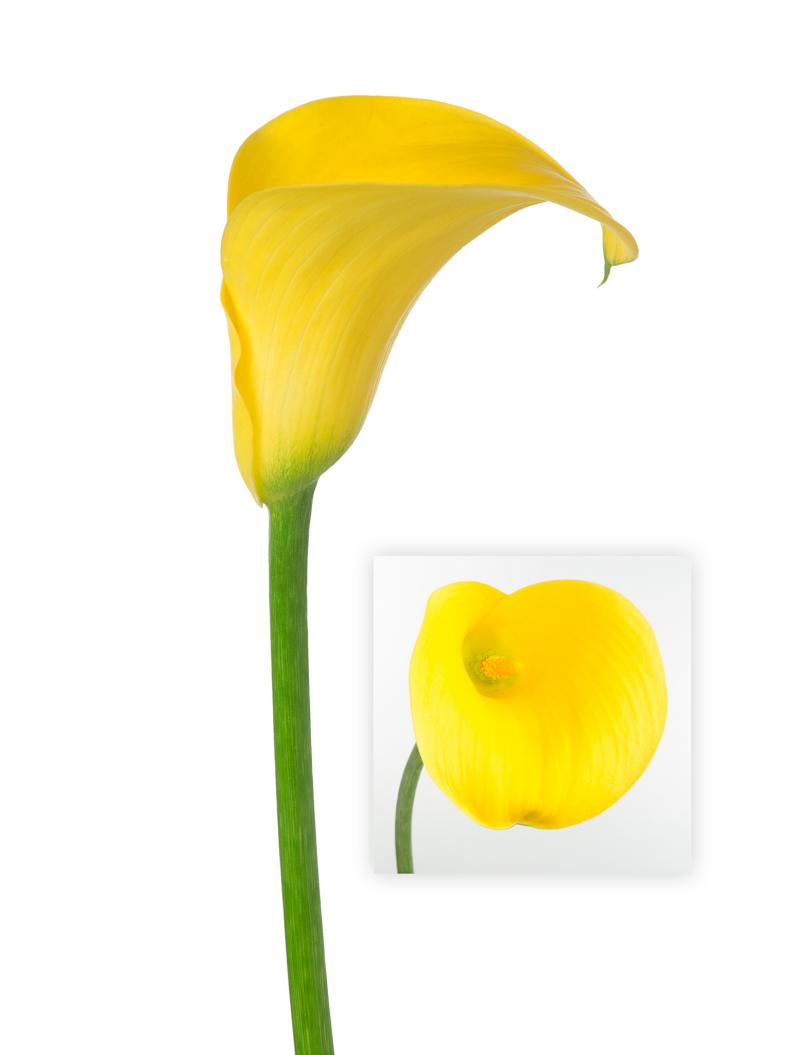1 / 14
Photo: Courtesy Stargazer Barn
Calla Lilies in Vase
Single-stemmed callas make great cut flowers. While the white varieties are often used in weddings, these trumpet-shaped blooms pair beautifully with roses, hydrangeas, orchids and other flowers for all kinds of arrangements. They even look elegant and striking when they stand alone.









